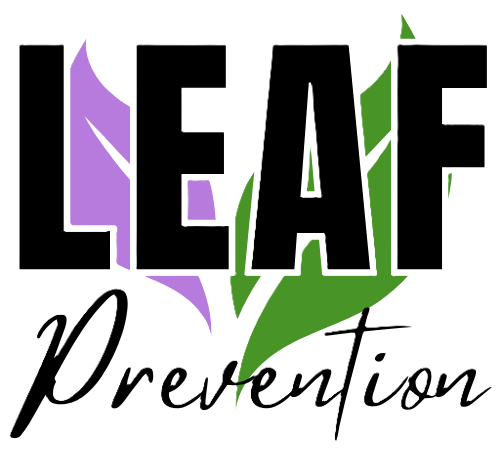

Blog Posts
Before you fire up that driving playlist, do you know how to protect yourself and others from impaired driving?
According to Substance Abuse and Mental Health Services Administration (SAMHSA), over 10,000 people died in alcohol-related driving incidents in 2019. No happy hour or party is worth the loss of a life. One way to combat the risk is to know the facts and make a plan to protect yourself and others from harm.
Although a person may feel “okay” after just a drink or two, any amount of alcohol increases the risk for driving incidents. Alcohol slows the brain’s reaction time and hinders judgment—not a good combination behind the wheel.
Alcohol can also interact with other drugs, including prescriptions and over-the-counter medications, which can intensify drowsiness while driving.
Legally, a driver’s blood alcohol concentration (BAC) should be below 0.08. How do you know your BAC is under this level? It’s hard to tell for sure— many factors can affect how the body reacts to alcohol, including food consumption, the speed of alcohol consumption, level of fatigue, certain health conditions, the sex of the consumer, and medication interactions.
The safest option is to either refrain from drinking alcohol when a person plans on driving or make an alternative plan for getting home.
Put down the black coffee and skip the cold shower—these things won’t help a person sober up any quicker.
Many people also believe that slowing or stopping drinking an hour before driving will be safe. Unfortunately, this doesn’t guarantee the alcohol has gotten out of a person’s system, and alcohol’s effects can still persist even if a person doesn’t feel intoxicated (Coady 2021).
The safest way to avoid impaired driving is to make a plan—if you plan to drink alcohol, plan to get a ride from a trusted friend, take a rideshare or taxi, or stay overnight after an event.
Be aware of how alcohol affects you. As stated above, many factors increase the effects of alcohol. Ask a healthcare provider about how your health conditions and medications interact with alcohol.
The safest option is to avoid alcohol; aside from the risks on the road, drinking alcohol puts consumers at risk for many health issues, even if the person drinking only drinks moderately or occasionally.
Even if you aren’t the one using alcohol, be aware of others. Be especially cautious when driving during weekends and holidays, which are common times people may drink.
If you notice a friend who is drinking at an event, ask about their plans for getting home—and offer a ride or help them arrange safe transportation! If you’re hosting a gathering, consider providing nonalcoholic refreshments or offering a place to stay if guests need to avoid driving.
If you or someone you know needs more information on alcohol use, please contact LEAF!
Coady, Jeffrey. December 20, 2021. “Socializing Safely This Season: National Impaired Driving Prevention Month.” SAMHSA. https://www.samhsa.gov/blog/national-impaired-driving-prevention-month.
Foundation for Advancing Alcohol Responsibility. July 10, 2020. “.08 BAC Legal Limit.” Responsibility.org. https://www.responsibility.org/end-impaired-driving/solutions/prevention/08-bac-legal-limit/.
“Impaired or Drunk Driving - National Safety Council.” n.d. https://www.nsc.org/road/safety-topics/impaired-driving.
“Sobering Facts: Alcohol-Impaired Driving New York.” 2020. CDC. July 2020. https://www.cdc.gov/transportationsafety/pdf/impaired-driving-new/CDC-impaired-driving-fact-sheet-NewYork.pdf.
“Tips for Safe Summer Driving: Buzzed Driving Is Drunk Driving - Driver Safety News & Notes.” June 21, 2016. Driver Safety News & Notes. https://www.lowestpricetrafficschool.com/driver-safety/tips-safe-summer-driving-buzzed-driving-drunk-driving/.